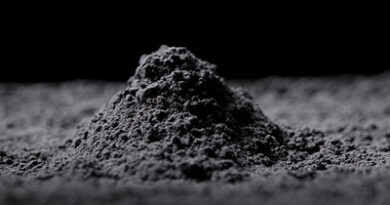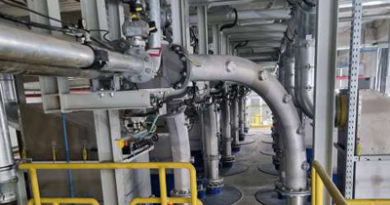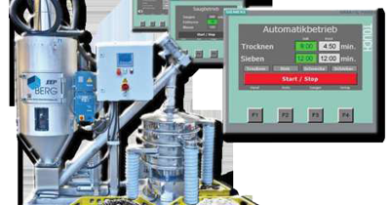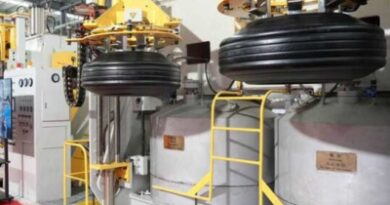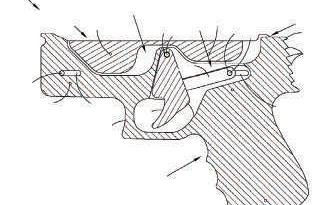The president of SUNY Polytechnic Institute (SUNY Poly), Dr. Winston “Wole” Soboyejo, and postdoctoral researcher, Dr. Tabiri Kwayie Asumadu, have published a revolutionary new paper titled, “Robust Macroscale Superlubricity on Carbon-Coated Metallic Surfaces.” This paper explores an innovative approach to reducing friction on metallic surfaces – a significant advancement that could have major real-world impacts.
These findings are significant for a number of practical reasons. In the automotive industry, more than 30 percent of fuel in passenger vehicles is used to overcome friction, so these novel coatings can help to drastically improve fuel efficiency. In manufacturing and industrial machinery, they could help to reduce wear and tear, leading to massive cost savings and decreasing the 1-4% of countries’ GDP that is spent on friction-related equipment issues. In electronic devices, friction at a minute scale can present large-scale challenges that coatings could help to alleviate.
Read More

